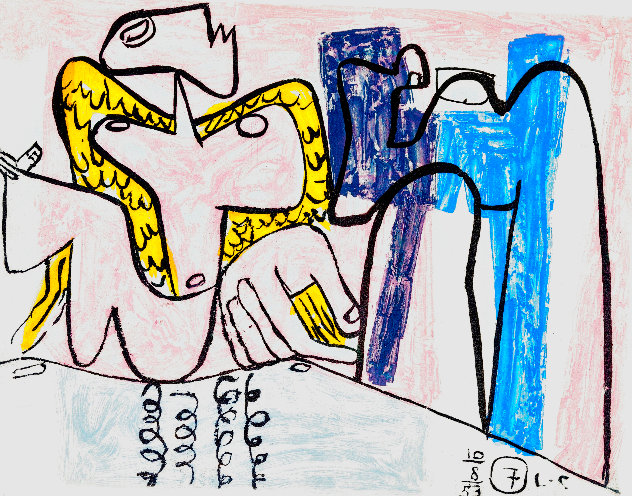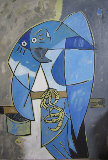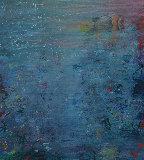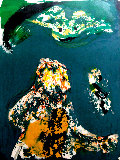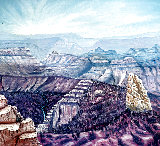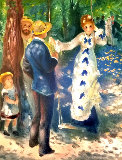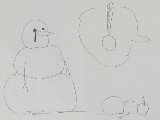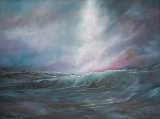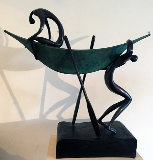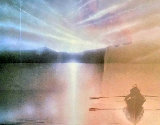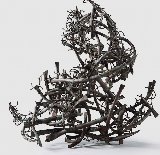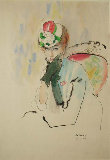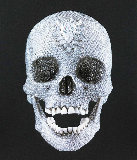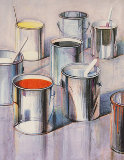





Unite (Planche XI) 1953 HS
Le Corbusier
Limited Edition Print : Etching and Aquatint on Rives Bfk (Watermarked) Paper
Size : 57.15x45.72 in | 145x116 cm
Edition : From the Edition of 130
-
🔥1953 Framed Hand Signed Etching and Aquatint - Inquire - Blue Chip $$$$$$$
Year1953
Hand SignedLower Right in Pencil
Condition Excellent
Framed with PlexiglassBlack Frame w/ White Mat
Purchased fromAuction House 2023
Provenance / HistoryProvenance:Pace Gallery, New York - Reference 1019 (Their label verso)Prudential insurance Company of America - Art Number L-120 (Their label verso)
Story / Additional InfoLe Corbusier (Charles-Édouard Jeanneret) (1887-1965)
Title: Unite (PLANCHE XI)
Medium: Original Etching & Aquatint in colours, 1953, on Rives BFK (watermarked) paper, signed by the artist in pencil, with full margins
Size: Sheet : 22.5 x 18 in. (57.15 x 45.72 cm.)
Printed by: Aldo & Piero Crommelynck, Paris
Published by : Alain C. Mazo, Paris in 1965
Certificate of AuthenticityArt Brokerage
Additional InformationMotivated
LID165376
Le Corbusier - France
Art Brokerage: Le Corbusier Swiss-French Artist: b. 1887-1965. Swiss, French artist and architect, Le Corbusier (1887-1965) was born Charles-Edouard Jeanneret-Gris in Switzerland on October 6, 1887. In 1917, he moved to Paris and assumed the pseudonym Le Corbusier. He is widely regarded as one of the pioneers of the modernist movement in architecture. In his architecture, he chiefly built with steel and reinforced concrete and worked with elemental geometric forms. Le Corbusier's painting emphasized clear forms and structures, which corresponded to his architecture. He was interested in his search for organization of the represented figures on "regulating traces", geometrical grids with which he would establish dimensional relations of harmonic proportions. It is a procedure that he used to adopt in architecture as well as in painting. Just like music, which is organized on mathematical patterns among sounds, their repetitions and cadences, which give it rhythm and harmony. He is an architect that loves things that are proportionate not in term of design but in term of mathematical explanation, which can be clearly seen in almost all of his architecture and paintings. Over the course of his five-decade career, he saw work built across Europe, India, and the United States. He is quoted as saying, "I prefer drawing to talking. Drawing is faster, and leaves less room for lies." Listings wanted.

